State
Tribe Name
Art Type
short description
The Dharua community, primarily settled in Malkangiri, Koraput, and Nabarangpur, celebrates the Pus Punei festival, a weeklong harvest celebration held in the lunar month of Pus (December-January). The festival begins on Tuesday with the ritual of Diali Jatra, where village men prepare a bamboo basket (doli) and travel to each household in the village. At every house, they collect a sal leaf cup filled with smouldering coal, wood flakes, and frankincense, symbolizing the removal of ill health from the villagers and their cattle. The basket is then carried to a clearing outside the village, where offerings are made to Dand Devi, the Earth deity, and Jala Devi, the water deity. An egg is anointed with sindur as part of the ritual. Afterward, the basket is hung on a tree, and the men return to the village, signifying the completion of the ritual.
Thumbnail
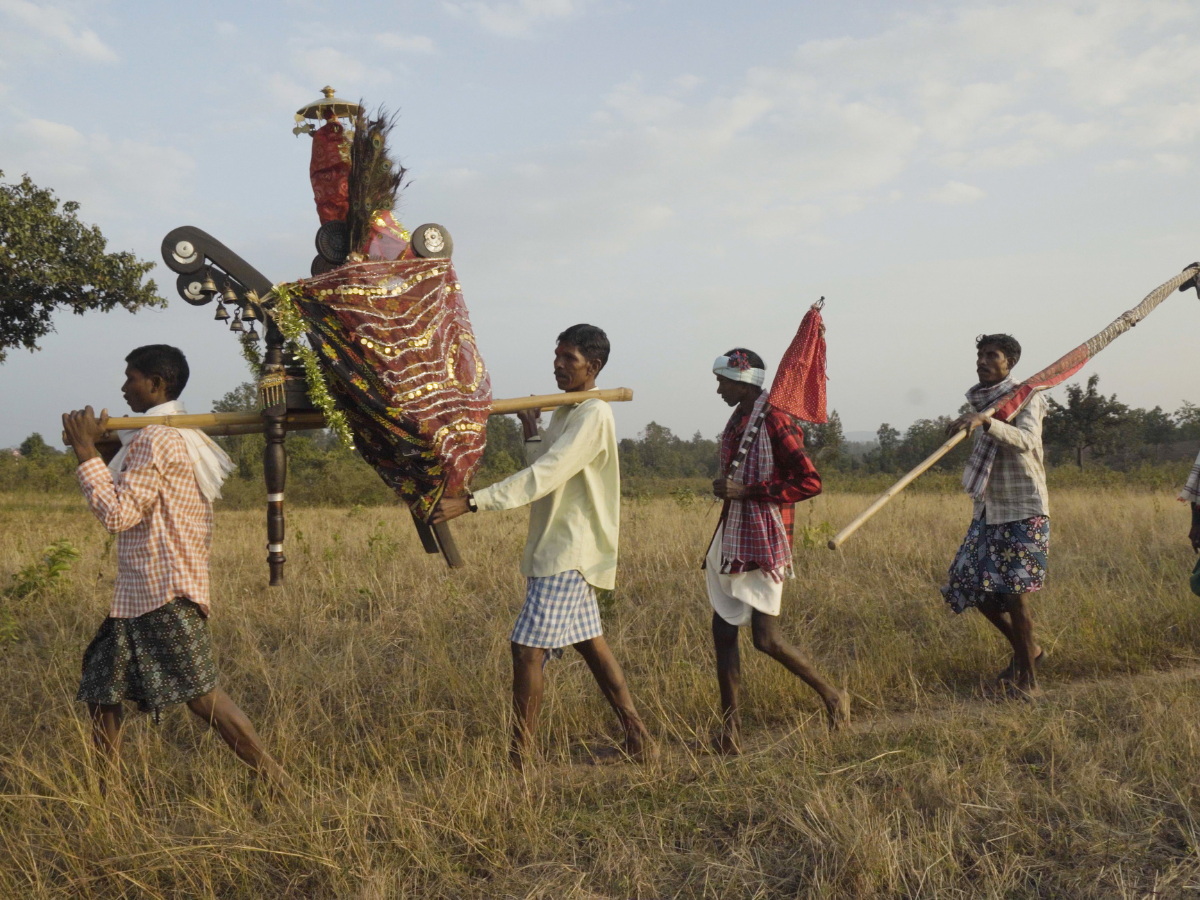
Filter Postion
Left
Filter Background
Off
Theme
Filter Header Image
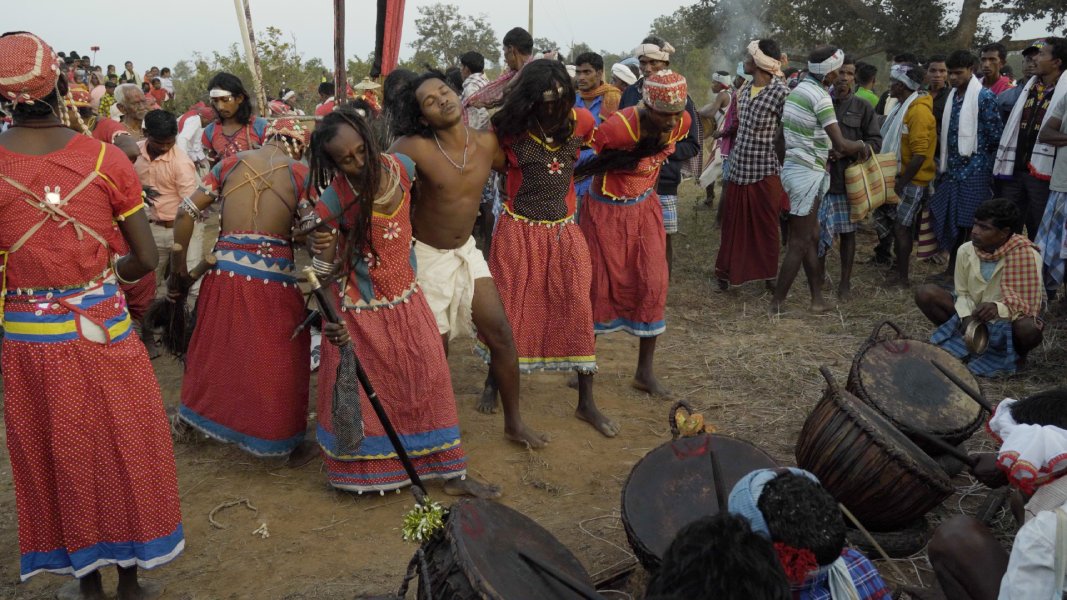
content
Image
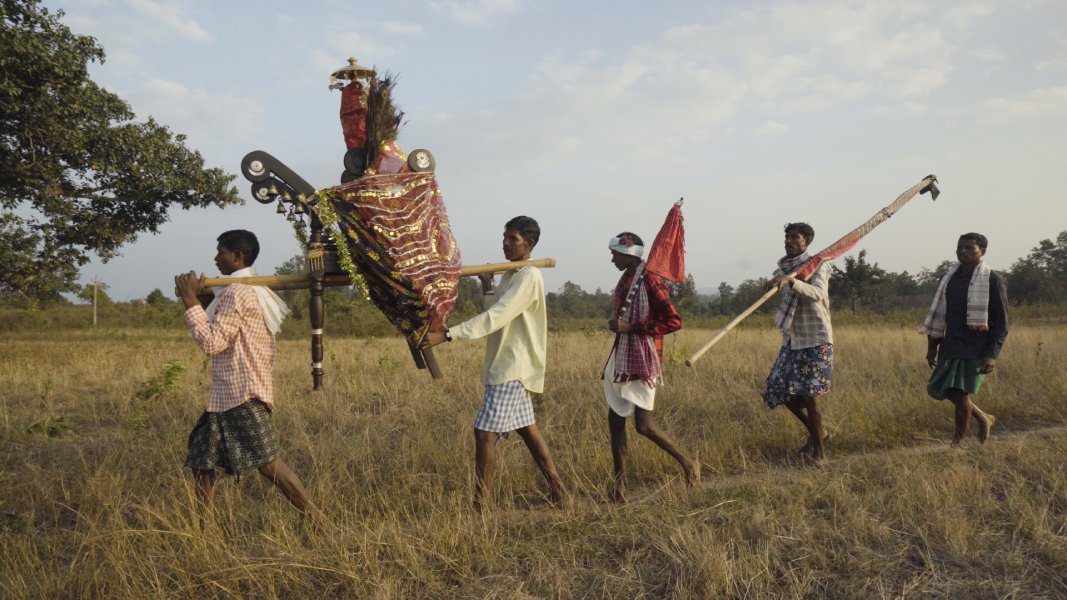
description
The Dharua community, primarily settled in Malkangiri, Koraput, and Nabarangpur, celebrates the Pus Punei festival, a weeklong harvest celebration held in the lunar month of Pus (December-January). The festival begins on Tuesday with the ritual of Diali Jatra, where village men prepare a bamboo basket (doli) and travel to each household in the village. At every house, they collect a sal leaf cup filled with smouldering coal, wood flakes, and frankincense, symbolizing the removal of ill health from the villagers and their cattle. The basket is then carried to a clearing outside the village, where offerings are made to Dand Devi, the Earth deity, and Jala Devi, the water deity. An egg is anointed with sindur as part of the ritual. Afterward, the basket is hung on a tree, and the men return to the village, signifying the completion of the ritual.
Image Mode
landscape
Image

description
The Dharua community celebrates the Pus Punei harvest festival with several rituals aimed at invoking the blessings of the Earth and Water deities for the prosperity of their crops and cattle. The rituals include offerings of eggs, incense, and mahuli wine to the deities, along with a sacrifice to the Earth deity and a duck offered to the Water deity. A ritual enclosure is created using rice flour, and the men share a community meal called Amot, prepared by the Randhari, which includes rice, vegetables, chicken, and the sacrificed duck. They also prepare rope for the evening rituals, where the rope tied to the cattle is worshipped. The next day involves visiting homes, mock fights with ritual Lathis, and collecting rice for a feast. On the third day, the Gad Dan ritual is performed, featuring a tiger image made of rice flour, offerings, and a chick competition. The festival concludes with the Cherchera ritual, dancing, and feasting.
Image Mode
landscape
Image
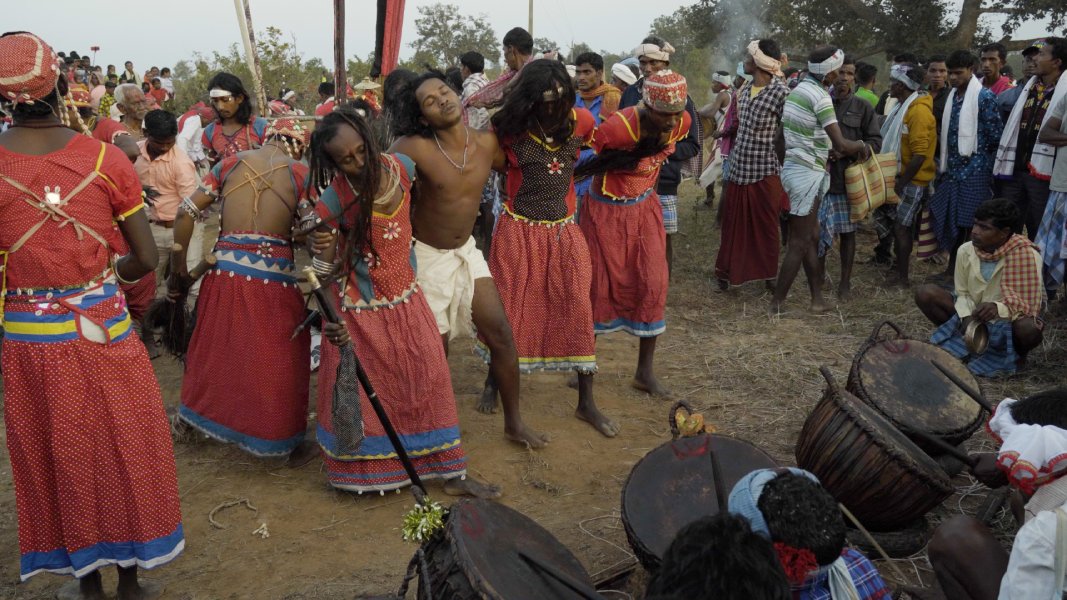
description
The Pus Punei festivities conclude on a Sunday with the Mondei Jatra, in which the villagers journey to Nethanar village, in Bastar district of Chhattisgarh. Preparations for the journey begin in the early morning with ritual lathis representing Lathi Devi, ritual cloths, flags and bamboo poles being collected from the house of a family of the Bagh clan. The lathis are wrapped in cloth and affixed with crowns and other ritual symbols. A sacrifice of hen is offered to Lathi Devi and its blood is mixed with rice and wrapped in sal leaves. These talismans are then affixed to the drums, lathis and bamboo poles. The men carry these devices along with the village deity, kurshi devi, to the banks of the Saberi River from where they make the journey on bamboo rafts. On reaching the Chhattisgarh side of the river, they walk through the Tiria Forest in a procession before arriving at Nethanar village. Here they are accorded a ritual welcome.
Image Mode
landscape
Image
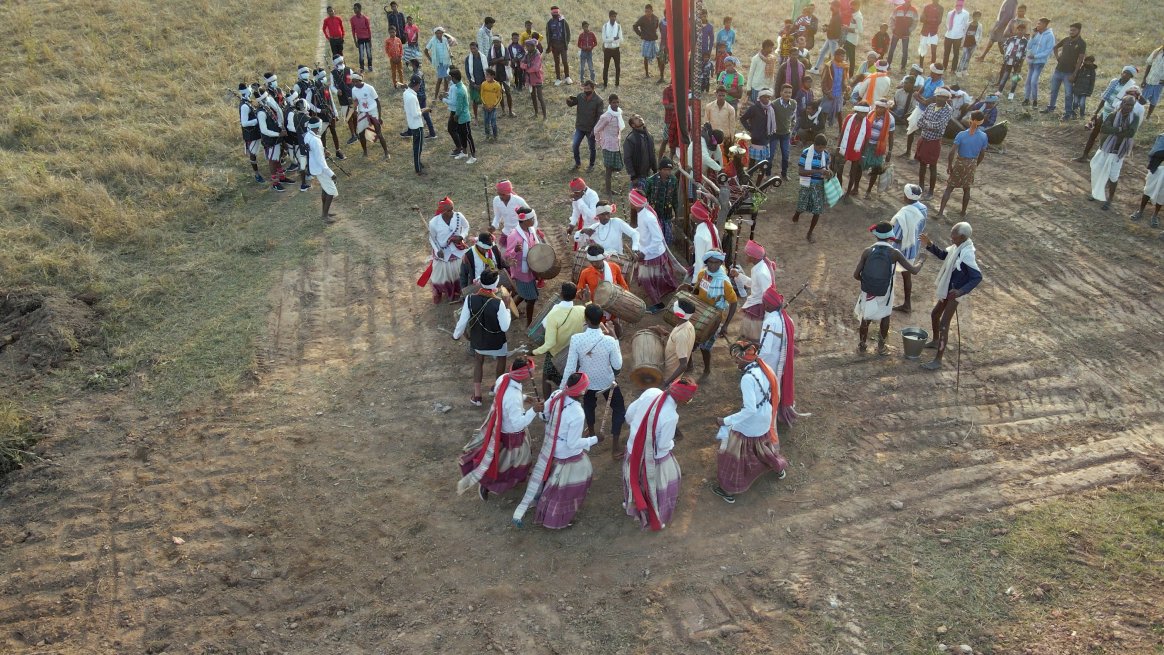
description
The atmosphere of the Pus Punei festival resembles a vibrant fair, with various stalls and groups arriving from different Dharua villages. Each group brings their village deities, setting up spaces for offerings of flowers. The men, holding axes, dance in unison, creating a colourful spectacle. Village priests, dressed in loincloths, chant prayers and perform trance dances, becoming possessed by their goddess. Some engage in penance, whipping themselves or piercing their bodies. The priests are then adorned in traditional costumes and jewelry and are carried in procession. As night falls, the arrival of Maharaja Kamal Chandra Bhanj Deo adds to the excitement. He is welcomed with rice showers, blessed by the priests, and paraded around the fairgrounds before being seated in a specially erected shed to greet villagers. The celebrations continue into the morning, with music, dancing, and festivities.
Image Mode
landscape
promoted
On
Verified
On
